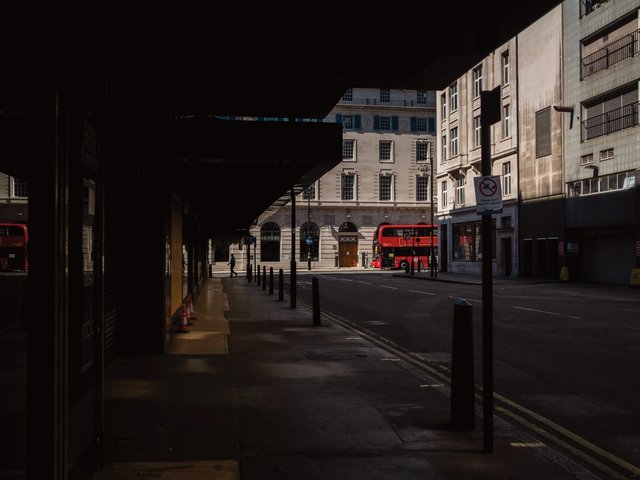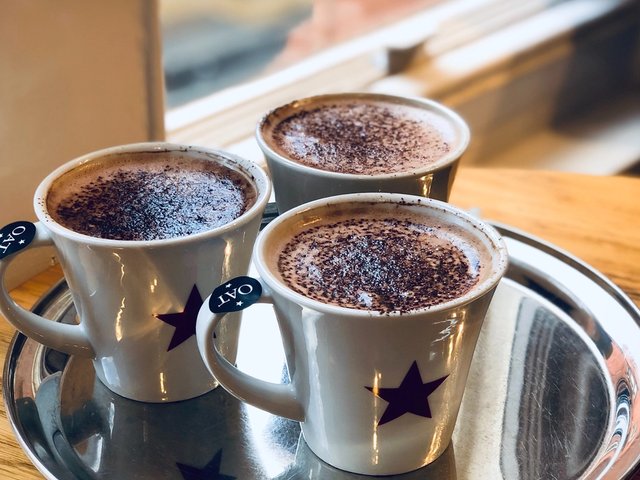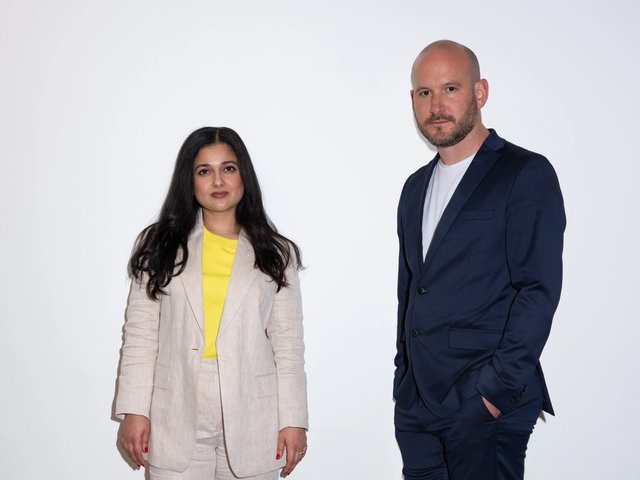Economic and political headwinds may be buffeting the global art market, but several emerging and mid-tier galleries in London are adapting by expanding and opening bigger spaces.
Some, such as Castor Gallery, are taking a lone wolf approach. The gallery’s founder Andy Wicks is relocating from a growing hub in Fitzrovia to a Grade II listed church in Angel, north London—an area not known for its galleries. “I see Castor becoming more of a destination gallery, it’s a unique space that will be unlike anything in London in an area steeped in history,” Wicks says, noting that the market is “currently challenging” as it adjusts to a slow down in sales. “Being nimble is important,” he adds.
Holy Trinity church, which is being leased to Wicks by the diocese of London, was constructed between 1827-29 and designed by Charles Barry, who was the chief architect for the Houses of Parliament. “Creating a new gallery space in such a historic building and neighbourhood is an opportunity you don’t get every day,” Wicks says. The move sees an expansion of exhibition space spread across two purpose-built galleries and offices.
The new gallery will launch in April with a debut London solo exhibition, Firing of the Idols, by Fabian Ramírez, a Mexican, London-based artist. Works range from £2,000 to £15,000, with an altarpiece priced at £30,000. Alongside the exhibition programme, Wicks plans to host a revolving series of outdoor sculptures in the garden leading to the gallery entrance.
Relocation is not new to the dealer. Wicks first established his gallery in Deptford in 2016, upgrading to larger spaces in the south London neighbourhood several times. In 2022, he moved to the more expensive Fitzrovia, where he has shared a space with Indigo + Madder for the past 18 months (their lease is not up until May and future plans will be shared in due course).
Over the past two years galleries including Pipeline Contemporary and PM/AM have flocked to Fitzrovia, joining a burgeoning scene that includes Edel Assanti, Alice Black, Vitrine, Brooke Bennington and Workplace Gallery.
Niru Ratnam, who has owned a gallery in Soho since 2020, is the latest addition to the central London location, which is conveniently close to Mayfair without the extortionate rents. “It’s become increasingly clear that gallery visitors do like clusters,” Ratnam says, adding that the move to Fitzrovia offered the chance for a coveted ground-floor gallery. The new venue also has a basement that will function as another exhibition space and viewing room, which will enable the gallery to show new artists alongside the 11 currently on its books. The new gallery opens next week with a show of paintings by Emma Cousin (£8,000-£14,000, with works on paper available for £2,000).
Ratnam acknowledges the move “may seem a bit counter-intuitive” in a market that is “definitely more challenging”. He adds: “The phrase ‘go or grow’ is an apt one—there is definitely a risk of staying still and being gradually blown over by the increased challenges in the market.” Ultimately, having a bigger space and the increased visibility that it brings allows artists to conceive more ambitious shows. As Ratnam puts it: “Institutional recognition is a key way of negotiating the lull in the market, and being able to offer a space for artists to think with that ambition makes particular sense right now.”
The dealer plans to save costs elsewhere, such as limiting the number of art fairs done per year. “Art fairs are still the best way to meet new collectors but over the course of a year they don’t make a gallery our size a huge amount of money, so they are in some ways a bit of a luxury add-on,” Ratnam says.
Once the de facto capital of London’s galleries, the East End retains some of its gallery hub status. Here Emalin, which launched at the end of 2016, opens a second gallery space this week, at the Clerk’s House, the oldest building in Shoreditch. “It is undoubtedly a more complicated economic climate than it was immediately following the pandemic, however the best way to navigate these times is to invest in laying solid foundations,” say the gallery’s founders Angelina Volk and Leopold Thun.
Nonetheless, they think the UK’s cultural scene seems to thrive in moments of economic and political strife, pointing to the Thatcher era and the rise of the subcultures of the 1980s. “We’ve never seen so many new spaces opening since we opened our own gallery,” Volk and Thun say. “It feels like the entire London cultural scene is working together at the moment to collectively push ahead through these trickier times.”





